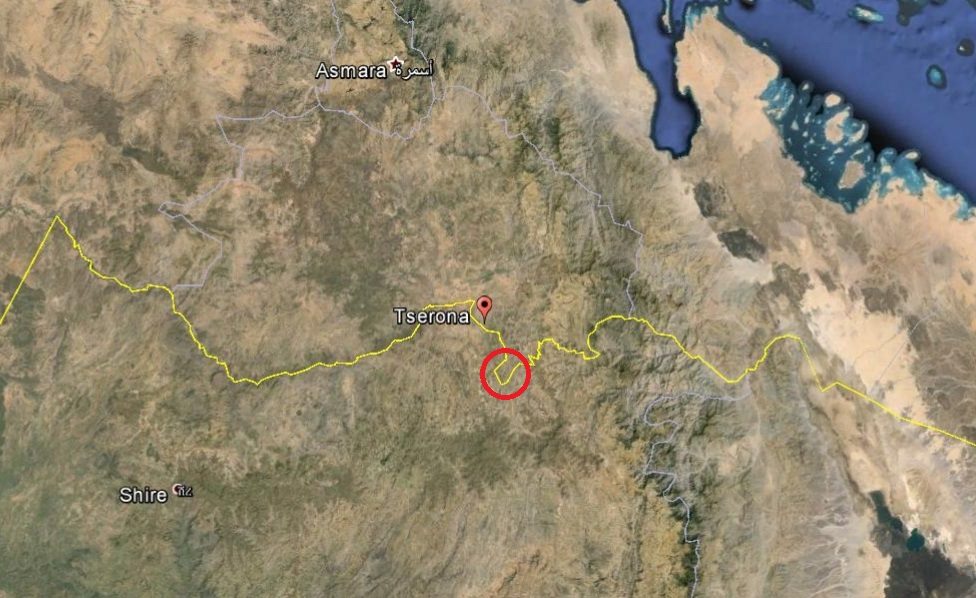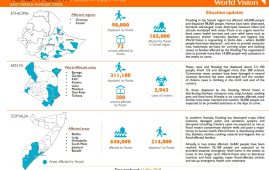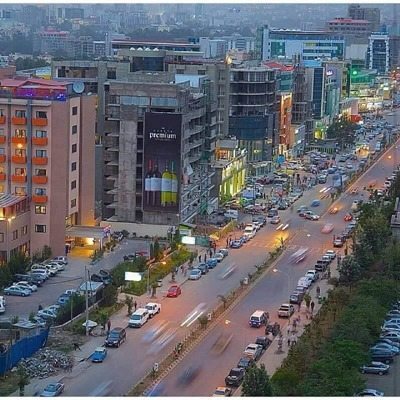(Paul Wafula)
Terrorists attacked Kenya 14 times on March 3 and 4, the day the country held elections, but security agencies suppressed this information to prevent panic among voters, we can now reveal. Official data released to The Standard on Sunday by the anti-terrorism unit also shows that Kenya has been attacked 133 times since the start of Operation Linda Nchi in October 2011 — a campaign by the Kenya military to destroy the terrorist in their lair deep inside Somlia.
At least 264 people have been killed by the terrorists and 923 injured over the three-year period, according to data from the Anti- Terrorism Police Unit (ATPU) which operates under the National Police Service. On average, there has been a terror attack on Kenyan soil every eight days since the Kenya Defence Forces set foot in Somalia to neutralise the Al Shabaab militants. But it is the attacks during last year’s General Election that show for the first time the risk the country was faced with as security forces fought day and night battles to keep terrorists away from polling centres.
It also lends credence to a plot alluded to by Tanzania’s President, Jakaya Kikwete when he revealed how his Government had helped foil terror attacks intended to disrupt last year’s General Election and President Uhuru Kenyatta’s swearing-in ceremony at Kasarani on April 9 last year. 
President Kikwete revealed in a Press interview that terrorists were hiding in his country and that he had helped Kenya arrest them. Four suspects were picked up on the eve of the March 2013 elections. Three others were arrested just before President Kenyatta and Deputy President William Ruto were sworn in.
However, despite the concerted effort, terrorists succeeded in carrying out 14 attacks targeting polling centres, election officials and the security forces mainly in counties bordering Somalia or the Indian Ocean.
The ATPU data shows that attacks were launched in Garissa, Mombasa, Kilifi, Mandera and Wajir counties. The media were kept in the dark by security agencies during a period which the Press deliberately downplayed information that could provoke violence and this partly explains the little coverage these attacks received.
This is contrary to popular belief that the attacks were limited to the coast and orchestrated by the Mombasa Republican Council (MRC), a separatist group. But in a previous interview with this writer, MRC leaders distanced its members from the attacks at the Coast. The ATPU data also shows that in total, 29 attacks were lodged in 2011, killing 16 people and injuring 90 others.
The data indicates that 2012 had the highest number of attacks after militants hit the country 52 times. This saw the slaying of 75 people by terrorists who injured 385 others. But it is 2013 that accounted for the highest causalities after 42 attacks left 151 dead and 287 injured.
Hundreds displaced
The ATPU has only recorded 10 attacks this year in which 22 people have so far been killed and 157 arrested. But it has left out the Mpeketoni attacks in Lamu County in June this year in which 99 people were killed in the one-month terror campaign that left hundreds displaced.
“In 2011, Kenya had just entered Somalia and Al Shabaab were still reorganising themselves, that is why there were fewer attempts and casualties. But as the days progressed, it appears they got more focussed and have been attacking areas with larger crowds such as bus termini and the shopping mall,” ATPU Commandant John Mulaulu told The Standard on Sunday.
This month’s attacks where suspected Al Shabaab militia killed one person and injured three others in three separate incidents in Garissa county are yet to be captured in the ATPU records.
The revelation comes weeks before the first anniversary of the Westgate attack in which 67 people were killed. It was one of the deadliest attacks under the Uhuru administration.
As the war enters its third year, ATPU data shows that 39 per cent of the assaults occurred in Garissa which has borne the biggest brunt of attacks. Nairobi was second with 23 per cent of the attacks, while Mandera took 15 per cent of the attacks.
Wajir and Mombasa accounted for 11 per cent and 9 per cent of the total attacks respectively, while Kwale, Lamu and Kilifi had one per cent of the attacks each. However, Lamu, Nairobi and Mombasa have the highest numbers of human casualties.
They include those who may have died in hospitals, meaning that the toll numbers for victims could be higher. For instance, in the 2012 July 1 church attack in Garissa, one victim died several days later while undergoing treatment at the Kenyatta National Hospital.
An analysis of the data reveals patterns, tactics and regions mostly affected. It shows that schools, churches, Christian crusades, police stations, refugee camps, bus stations, moving vehicles, hotels, nightclubs and a shopping mall have been attacked.
Nine of the country’s 47 counties have witnessed terror-related attacks and apart from Nairobi, the regions that have been targetted border Somalia or the Indian Ocean. Hand grenades have been the weapon of choice for the terrorists alongside improvised explosive devices (IEDs), landmines, bombs and guns as well as machetes.
But these numbers are a drop in the ocean compared to the immeasurable pain and suffering of survivors and those left behind to face a future of horror with broken limbs, disfigurations or worse still, those left without their bread winners. Many victims also receive no Government assistance to deal with post-attacks medical bills and trauma.
While seeking to downplay the threat posed by its continued stay in enemy land, President Uhuru Kenyatta told journalists during his recent visit to the US that even before Kenya sent its troops into Somalia, it had already been exposed to terror attacks on a number of occasions.
International agenda
Before the embassy bombings, Kenya’s deadliest attack had been in December 1980, when a bomb was detonated outside the then Norfolk Hotel in Nairobi just before the New Year, killing 20 people and injuring 85 others.
But since Kenya took on Al Shabaab head on in Somalia, the attacks have become more frequent and widespread. Between December 2011 and March 2012, the then minister of Internal Security, the late Prof George Saitoti, said about 100 terrorist plots had been detected or intercepted in just four months, meaning that police were neutralising at least a terrorist attack every two days.
Similar statements have been made by the current Government which says the attacks that have been neutralised outnumber those that have not been contained. Both the poor and the rich have been targets in the three years of incessant attacks. The cost to the economy, especially on the tourism sector, has been high with the cancellation of visits coming on the back of adverse travel advisories.
But the most worrisome trend is the growing radicalisation of Kenyan youths, many who are now joining the Al Shabaab. Police have on numerous occasions said some of the attacks are believed to have been carried out by Al Shabaab units made up of Kenyans.
In April this year, the Government launched the much-hyped operation Usalama Watch, a nationwide campaign it hoped would ensure that the country was made safe from terrorists. Interior Cabinet Secretary Joseph Ole Lenku says the Government has arrested more than 2,000 suspects.
This was alongside the Nyumba Kumi initiative, a community policing attempt to rid the country of criminals. Ole Lenku also gazetted Dadaab and Kakuma as the only legally-recognised refugee camps in Kenya as part of the anti-terror campaign.
*******
The Standard, Aug. 30, 2014.





